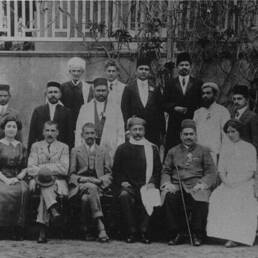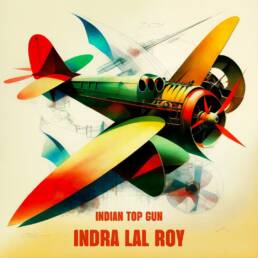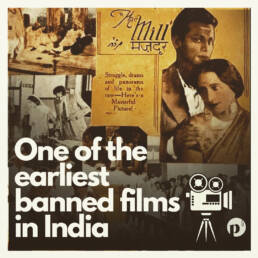While the neighboring countries of India and Pakistan were at war, a few like-minded individuals were working on growing a new variety of wheat seeds that was going to bring about a revolution.
“However, to you, Dr. Swaminathan, a great deal of the credit must go for first recognizing the potential value of the Mexican dwarfs. Had this not occurred, it is quite possible that there would not have been a Green Revolution in Asia.”
This was part of a letter written by Norman Borlaug, an American agronomist, just before he won the Nobel Peace Prize in 1970. The letter was addressed to a certain Dr. Swamintahan from India, praising him for his help in spreading the green revolution.
But how did Dr. Swamintathan actually help? Let’s travel a bit back in time to Mexico in 1940 when Manuel Ávila Camacho became president.
Known affectionately as The Gentleman President, Camacho, and his government made some important strides towards modernizing Mexico’s agriculture. They enlisted the help of the Rockefeller Foundation for it.
An independent organization was set up and staffed by US and Mexican scientists. Among the scientists invited to work was Norman Borlaug, who had earned some fame already in the field of genetics and plant breeding.
In the following years, Borlaug and his team in Mexico would make some remarkable inventions including semi-dwarf, disease-resistant varieties of spring wheat, called Pitic 62 and Penjamo 62 which increased the yield significantly.
Some samples were sent to different parts of the world, including to the Indian Agricultural Research Institute in Pusa, New Delhi. They were tested under the supervision of M.S. Swaminathan.
The tests yielded remarkable results and for Swaminathan, it was an eye-opener. Hailing from the Tanjore district of Madras presidency, Swaminathan was heavily influenced by the events of the Bengal famine of 1943.
He would dedicate his entire life to eradicating food shortages. After completing his college degree, he moved to the Indian Agricultural Research Institute to study genetics and plant breeding.
His research and curiosity to learn new things would take him to various countries like the United States, Netherlands, and Germany. During his visits, he would rub shoulders with some brilliant minds who greatly influenced him.

But things were not going well back home in India. From the end of the 1950s up to 1960s, there were food grain shortages due to droughts and less-than-expected yields. This was of great concern to the country’s administration and to Swaminathan who was seeing this firsthand.
Then news came of Borlaug’s magic seeds. Swaminathan, then a member of IARI’s wheat program, shot a letter to it’s Director to invite Dr. Borlagh to India to witness the test results himself.
Borlaug supplied another 100 kg (220 lb) of seed from each of the four most promising strains and 630 other selections in advanced generations to Swaminathan and his team in October 1963. They were supposedly planted in Delhi, Kanpur, and Pune.
Encouraged by the results, Borlaug and his team thought of importing 450 tons of semi-dwarf seeds from Mexico, 250 for Pakistan, and 200 for India, but there was a slight problem. As the shipment started its journey, war broke out between the two countries.
When the shipments arrived after much delay, Borlaug along with Swaminathan and his team at IARI worked tirelessly planting them, under strenuous situations. The yield was higher than anything ever seen in South Asia at the time.
Many farmers were initially skeptical, but after Swaminathan cajoled and convinced them and they saw the encouraging results, the farmers ultimately yielded. But Borlaug and Swaminathan were probably not the only notable figures in this research program.
Dr Robert Glenn Anderson, an associate of Borlaug, played a vital role. He was the head of the Rockefeller Foundation Wheat Program in New Delhi until 1975.
Dilbagh Singh Athwal, another key figure, was instrumental in developing ‘PV 18’ in 1966 and the amber-grained wheat variety ‘Kalyansona’ in 1967. Yields in India increased from 12.3 million tons in 1965 to 20.1 million tons in 1970.
By 1974, India was self-sufficient in producing all cereals. Borlaug was bestowed with the Nobel in 1970. In TIME magazine’s list of influential Asians of the 20th century, Swaminathan was among the three Indians on it.
The United Nations Environment Programme calls him “the Father of Economic Ecology”. With his demise, a golden chapter of scientific research and collaboration probably comes to an end.
Nonetheless, Dr. Swamiathan has left us with an enriching legacy – one of perseverance, scientific temper, and revolution.
Sources:
https://thp.org/board/m-s-swaminathan/; https://www.nobelprize.org/prizes/peace/1970/borlaug/lecture/; http://www.time.com/time/asia/asia/magazine/1999/990823/index.html;




